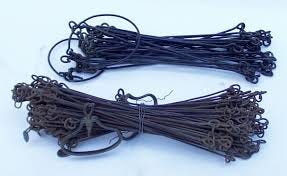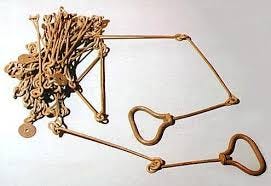What is Chain Surveying
Chain survey/surveying is a very old method of Surveying. This article includes the definition of chain survey along with all detailed information with necessary images about various aspects of chain surveying.

The chain survey is the simplest method of surveying. In the chain survey, only measurements are taken in the field, and the rest work, such as plotting calculation, etc. are done in the office. Here only linear measurements are made i.e. no angular measurements are made. This is most suitably adapted to small plane areas with very few details. If carefully done, it gives quite accurate results.
The necessary requirements for fieldwork are
- Chain
- Tape
- Ranging-Rod
- Arrows
- Cross staff

Suitability of Chain Survey
Chain survey is suitable in the following cases:
- The area to be surveyed is comparatively small
- The ground is fairly level
- The area is open and
- Details to be filled up are simple and less.
Survey Station
Survey stations are of two kinds
- Main Stations
- Subsidiary or tie
Main Stations
Main stations are the end of the lines, which command the boundaries of the survey, and the lines joining the main stations recalled the main survey line or the chain lines.
Subsidiary or the tie stations
Subsidiary or the tie stations are the points selected on the main survey lines, where it is necessary to locate the interior detail such as fences, hedges, building etc.
Tie or subsidiary lines
A tie line joints two fixed points on the main survey lines. It helps to check the accuracy of surveying and to locate the interior details. The position of each tie line should be close to some features, such as paths, building etc.
Base Lines
It is the main and longest line, which passes approximately through the center of the field. All the other measurements to show the details of the work are taken with respect to this line.
Check Line
A check-line also termed as a proof-line is a line joining the apex of a triangle to some fixed points on any two sides of a triangle. A check-line is measured to check the accuracy of the framework. The length of a checking line, as measured on the ground should agree with its length on the plan.
Comments
Post a Comment